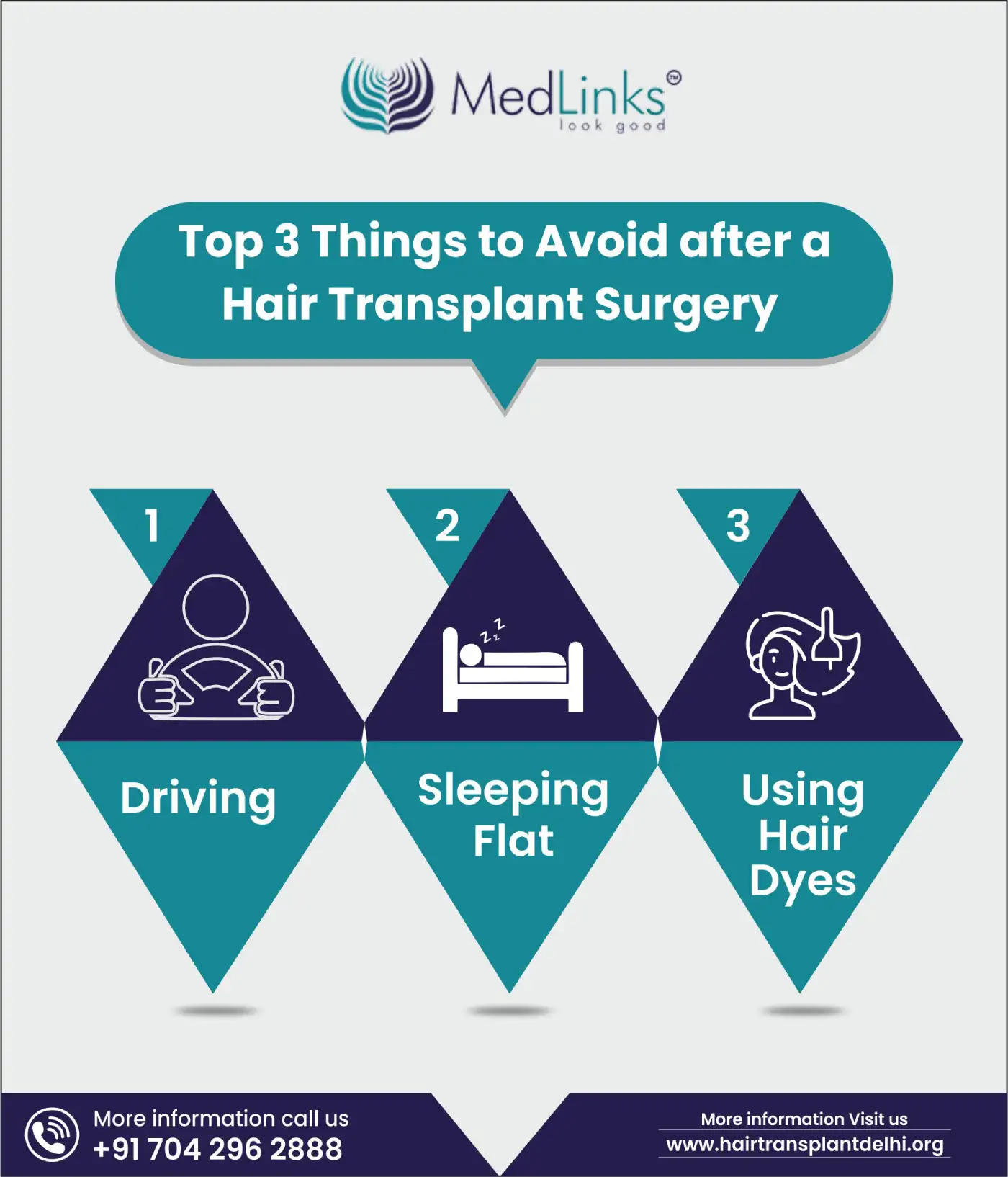Hair loss is a common issue that affects millions of people worldwide, causing not only physical changes but also emotional distress. For those experiencing hair loss, it can impact self-esteem, confidence, and overall quality of life. Fortunately, advancements in medical technology have provided solutions, with hair transplant procedures offering a permanent remedy for many. In this blog, we’ll delve into the transformative journey of before and after hair transplant, exploring the process, expectations, and outcomes.
Understanding Hair Loss:
Before diving into the details of hair transplant procedures, it’s essential to understand the underlying causes of hair loss. Various factors contribute to hair loss, including genetics, hormonal changes, medical conditions, and lifestyle factors such as stress and diet. Regardless of the cause, the impact on an individual’s self-image and confidence can be significant.
The Decision to Undergo Hair Transplantation:
For many individuals experiencing hair loss, the decision to undergo a hair transplant is a significant step towards reclaiming their confidence and appearance. Before opting for this procedure, it’s crucial to consult with a qualified dermatologist or hair transplant specialist to assess eligibility and discuss expectations.
The Consultation Process:
During the initial consultation, the dermatologist or specialist will evaluate the extent of hair loss, assess the density and quality of the donor hair, and discuss the desired outcome with the patient. This consultation is also an opportunity for the patient to ask questions, address concerns, and gain a better understanding of the procedure’s process and potential results.
Preparing for the Procedure:
Once the decision to undergo a hair transplant clinic is made, the patient will receive instructions on how to prepare for the procedure. This may include avoiding certain medications, abstaining from alcohol and smoking, and following specific pre-operative care guidelines to optimize results and minimize risks.
The Hair Transplant Procedure:
Hair transplant procedures typically involve two primary techniques: Follicular Unit Transplantation (FUT) and Follicular Unit Extraction (FUE).
- Follicular Unit Transplantation (FUT):
- In FUT, a strip of skin containing hair follicles is harvested from the donor area (usually the back or sides of the scalp).
- The donor strip is then dissected into individual follicular units under a microscope.
- The recipient site, where hair loss is most prominent, is prepared by creating tiny incisions.
- The dissected follicular units are then carefully implanted into the recipient site, following the natural hair growth pattern.
- Follicular Unit Extraction (FUE):
- FUE involves harvesting individual follicular units directly from the donor area using a specialized punch tool.
- The extracted follicular units are then implanted into the recipient site, similar to the FUT technique.
- FUE does not require a linear donor incision, resulting in minimal scarring and a quicker recovery time compared to FUT.
Both FUT and FUE procedures are performed under local anesthesia, ensuring minimal discomfort for the patient.
The Recovery Process:
Following the hair transplant procedure, patients can expect some initial discomfort, swelling, and redness in the donor and recipient areas. However, these side effects are temporary and typically subside within a few days to a week. It’s essential to follow post-operative care instructions provided by the surgeon to promote proper healing and optimize results.
The results of a hair transplant are not immediate, as the transplanted hair follicles undergo a shedding phase before entering the growth phase. Patients will gradually notice new hair growth in the transplanted areas, with full results becoming evident within 6 to 12 months post-procedure.
The Transformation: Before and After:
The transformation experienced by individuals before and after a hair transplant is truly remarkable. Not only does the procedure restore hair density and coverage, but it also rejuvenates self-confidence and improves overall quality of life.
Before the hair transplant, individuals may have experienced:
- Thinning hair
- Receding hairline
- Bald patches or areas of significant hair loss
- Self-consciousness and diminished self-esteem
After the hair transplant, individuals can expect:
- Improved hair density and coverage in the treated areas
- Natural-looking hairline and hair growth pattern
- Enhanced self-confidence and self-image
- Ability to style hair as desired without worrying about concealing bald spots
Conclusion:
Hair transplant procedures offer a life-changing solution for individuals experiencing hair loss, providing not only physical restoration but also emotional rejuvenation. By understanding the process, expectations, and outcomes of before and after hair transplant, individuals can make informed decisions to reclaim their confidence and appearance. If you’re considering a hair transplant, consult with a qualified specialist to explore your options and embark on your journey to hair restoration and transformation.
Frequently Asked Questions (FAQs) About Hair Transplantation
Q. What causes hair loss?
Hair loss can be caused by various factors, including genetics, hormonal changes, medical conditions (such as alopecia), certain medications, stress, and poor nutrition.
Q. Am I a suitable candidate for a hair transplant?
The best candidates for hair transplant procedures are individuals with stable hair loss patterns, sufficient donor hair, and realistic expectations. A consultation with a qualified specialist can determine your eligibility.
Q. What are the different types of hair transplant procedures available?
The two primary techniques used in hair transplantation are Follicular Unit Transplantation (FUT) and Follicular Unit Extraction (FUE). FUT involves harvesting a strip of skin with hair follicles, while FUE involves extracting individual follicular units directly from the donor area.
Q. Is a hair transplant procedure painful?
Hair transplant procedures are typically performed under local anesthesia, ensuring minimal discomfort during the surgery. Some patients may experience mild discomfort or soreness following the procedure, which can be managed with pain medication prescribed by the surgeon.
Q. What is the recovery process like after a hair transplant?
The recovery process varies depending on the individual and the technique used. Patients may experience some swelling, redness, and discomfort in the donor and recipient areas immediately following the procedure. However, these side effects typically subside within a few days to a week. It’s essential to follow post-operative care instructions provided by the surgeon to promote proper healing and optimize results.

